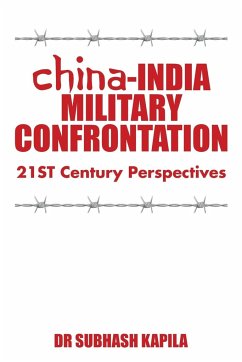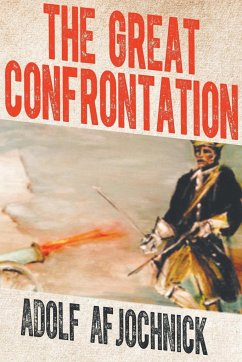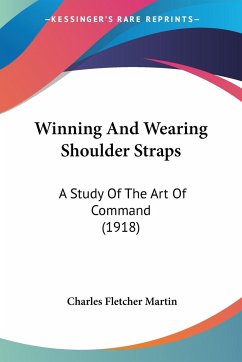The China- India military confrontation in the High Himalayas as a consequence of China's military occupation of Tibet in 1950 and the unprovoked Chinese invasion of India in end-1962 has in 2015 graduated from a boundary dispute to an intense geopolitical tussle in Asia's geopolitical rivalries. Tibet in realistic terms better and more precisely described as 'China Occupied Tibet' has emerged as China's 'Core Issue' and drives China's intractability in resolution of the China-inflicted boundary dispute and territorial grab of large tracts of Indian Territory. Though officially unstated, but equally true, Tibet is also a 'Core Issue' for India, strategically. Tibet is civilisationally, culturally and spiritually more closely linked to India than China. The dimensions of China-India military confrontation stand radically transformed in the 21st Century with the insertion of the nuclear and maritime dimensions diluting China's coercive capabilities against India. The 21st Century is likely to witness an intense Cold War between China and India which most likely could be subsumed in the evolving Cold War II between China and the United States. Contextually, the United States can no longer afford to continue as passive spectator of the China-India military confrontation in the 21st Century. Evolving geopolitical compulsions and imperatives would ultimately force the United States to dispense with its strategic ambiguities on China and Pakistan and push the United States to stand-by India in the intensifying China-India military confrontation. Such a game-changer would ensure that the United States not only stands on the right side of history but also ensures the continued strategic embedment in Indo Pacific Asia of the United States, with India's strategic support. Dr Subhash Kapila
Hinweis: Dieser Artikel kann nur an eine deutsche Lieferadresse ausgeliefert werden.
Hinweis: Dieser Artikel kann nur an eine deutsche Lieferadresse ausgeliefert werden.








